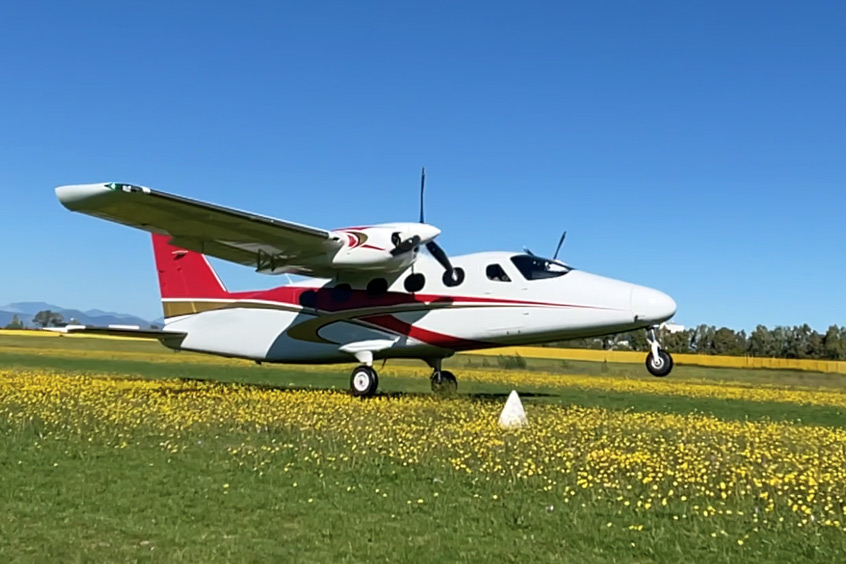Why visit ACE ’25?

Tecnam’s P2012 STOL has received EASA certification for steep approaches of up to 10 degrees. This important milestone is a significant endorsement of the P2012 design and further expands the aircraft’s operability.
The P2012 STOL aircraft, specifically designed for short take-off and landing operations, is designed and tailored to operate from airports and airstrips characterised by extremely short runways and extreme operational constraints.
Francesco Sferra, Tecnam P2012 special mission platforms sales and business development manager, says: “With its impressive short field performance and now 10-degree approach certification, there is no inaccessible runway for the latest P2012 STOL.”
The P2012 STOL is said to be the only twin-piston aircraft with short take-off and landing capabilities that complies with the latest certification amendments. It offers a maximum gross weight of 3,680kg with a useful load of 1,191kg while maintaining a modern design, a wide and comfortable cabin and 11 seats.
The cabin entrance and accommodation is enhanced by a wide single access door and a central aisle, along with a dedicated window for each of the nine individual passengers, no bench/double seats and passenger amenities are provided such as dual USB ports at each seat, cabin air conditioning, individual fresh and hot air outlets, dedicated reading light, seat pockets and cup and mobile phone holders.
The interiors design and the view enabled by the high wing configuration provide a best-in-class experience for the flights to typical remote STOL destinations.
The multi-mission capability of the aircraft allows operators to exchange the STOL configuration from passenger transportation to cargo, combi or air ambulance within minutes.
Cockpit technology includes as standard state-of-the-art G1000 NXi avionic system, GFC700 specifically tuned autopilot and ADS-B In/Out. An active and connected flight deck (Bluetooth, flight stream, Iridium) and a toolbox of modern aids (Wx radar, storm scope, inset map, Synthetic Vision) are provided to reduce workload and fatigue while increasing mission safety and effectiveness.